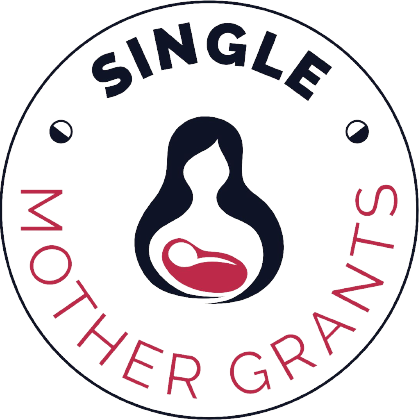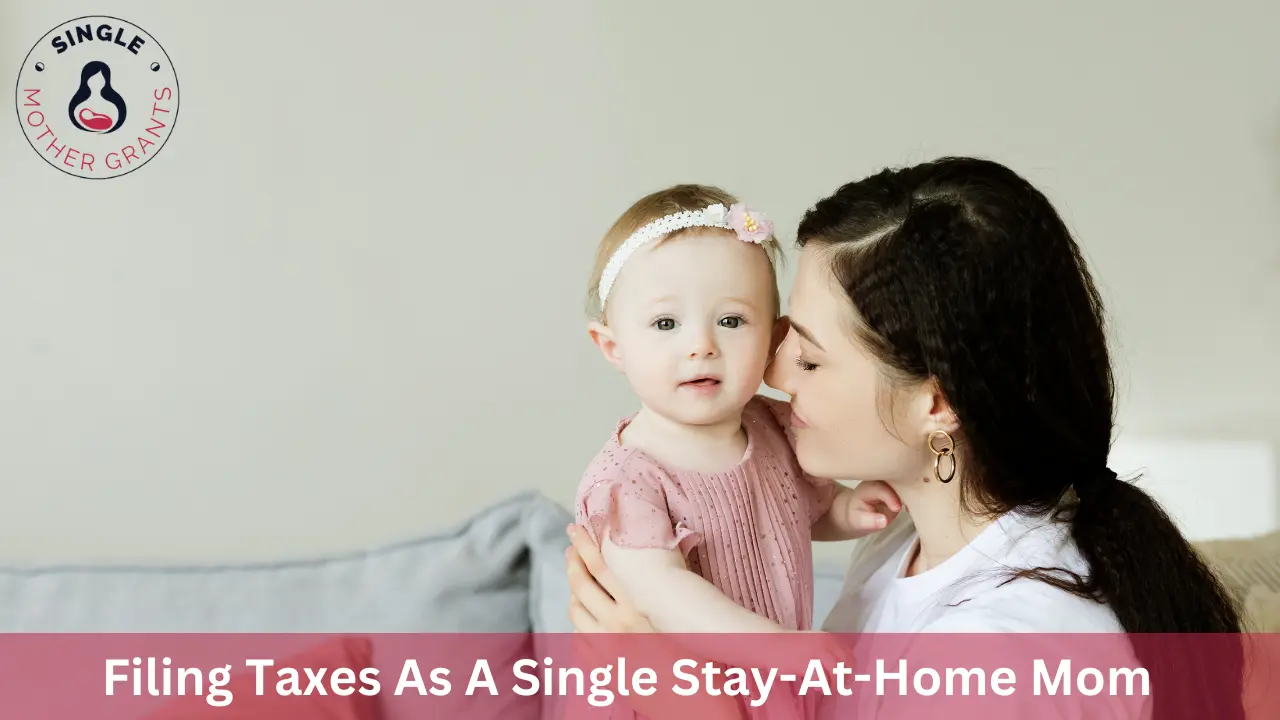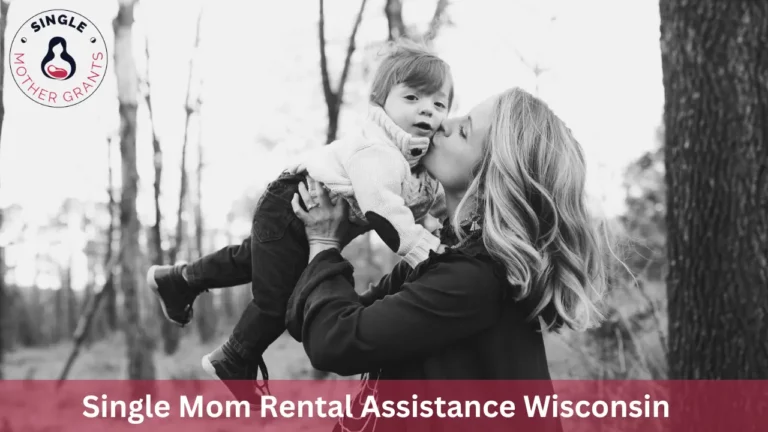Filing Taxes As A Single Stay-At-Home Mom
Stay-at-home single moms might not be employed traditionally in a company however can earn money or utilize some type of child care assistance. This guide will answer all your doubts related to filing taxes as a single stay-at-home mom. Stay-at-home single moms need to know about tax breaks, credits, and deductions that can help them to be prepared for the upcoming tax season. For instance, some tax credits are associated with having dependence, for instance, as the Child Tax Credit. Stay-at-home single moms who are single filers can qualify to file as head of household status and get large standard deductions and come into lower tax brackets.
Does A Single Stay-At-Home Mom File Taxes?
Single stay-at-home moms who are not earning any taxable income need not file a federal tax return. In case you file a tax return without reporting a taxable income then the Internal Revenue Service will read it as an empty tax return and this will lead to rejection of your federal tax return. Depending on your financial situation and employment status you can decide whether you want to file taxes or not. As a basic rule of thumb single stay-at-home moms file taxes if they are earning $400 yearly.
Should Single Moms Report Child Support Or Alimony As Income On Their Tax Return?
A lot of stay-at-home single moms who get child support from the government or nongovernment sources doubt whether child support assistance is reported as income or not. Generally, child support does not count as taxable income however alimony is treated somewhere differently. If you have received alimony due to a separation or a divorce before 31st December 2018 then the alimony payments will be reported as income. In case your divorce has been finalized after 31st December 2018 then such payments will not be reported as your income on your tax return.
Can A Single Stay At Home Mom File Taxes?
In the present gig economy, a lot of stay-at-home single mothers are finding ways to provide for their families and earn money outside the traditional norm of working for nine to five hours. No matter what type of work you are doing and how much you are earning you will be considered self-employed by the Internal Revenue Service. For instance, some common examples of several employed stay-at-home single mothers are content creators, YouTubers, independent consultants, Etsy shop owners, in-home daycare providers, independent stylists, small business entrepreneurs or owners, VRBOs or Airbnb hosts, etc. Single taxpayers below 65 years with a total income of a minimum of $12,950 from different sources should report to the Internal Revenue Service. Married couples on the other hand above 65 years and filing jointly should report to the Internal Revenue Service if they are under the income threshold of $25,900. According to the IRS single mothers have to file a tax return if they are having net earnings from self-employment of at least $400 or above from side gig work even if it is for part-time, side jobs, or temporary.
Tax Refund For Stay-At-Home Single Parents
A lot of single stay-at-home mothers doubt whether they will get a tax refund based on their financial situation. A tax refund is a situation when the state or federal government reimburses taxpayers for any excess taxes that they have paid. If you have not paid into the tax system during the year then you will probably not be eligible for a tax refund. Depending on your financial situation and condition there can be refundable tax credits available to stay-at-home single parents. For instance, the Child Tax Credit and the Earned Income Tax Credit can put money back in your pocket and require you to belong to a minimum income group.
How Much Taxes Do Stay-At-Home Single Moms Need To Pay?
The amount of tax that you owe depends on your present income situation. Although you are reporting all the side gig income that you are earning you may not have to pay entire taxes on it. If the extra income that you are earning is relatively small then the withholding from your main source of income will be enough to cover the taxes owed for your side income. In case the taxes owed on your side income are not covered fully by the paycheck withholding then they will be due at the same time when your tax return will be due. Single moms owing $10,000 or more in taxes after withholding might have to make estimated tax payments every quarter. In this type of situation, it is smart enough to put back enough money from the side gig earnings and pay the quarterly payments so that you do not come into a high tax bill the following April. You can also minimize your tax liability by taking advantage of tax deductions and credits. Ensure to record the expense associated with your side gig as it will be deducted from your taxable income. Tracking income and paying taxes as stay-at-home single moms is not easy as they have to raise their children and perform a lot of responsibility single-handedly however ensuring careful record keeping is key to minimizing your tax bill and complying with the IRS regulation.
Can Single Mom Enjoy Deductions And Tax Credits?
Stay-at-home single moms file taxes similar to any other permanent residents or citizens of the United States. Single mothers have to take the responsibility of filing taxes to the IRS if they have earned a specific amount of money during a year from their home. Single mothers usually take up stay-at-home jobs to earn additional income and take care of their children simultaneously. As they are capable of earning money from home they are also entitled to pay taxes. However, if you’re not earning money then you need not file a tax return. Single stay-at-home moms will not get any tax refund if they file a tax return with no income. Single moms can make use of deductions and tax credits to lower their taxable income and reduce the amount of tax that they pay to the federal government. There are many deductions, credits, and strategies that they can use for reducing taxable income.
1. File As The Head Of The Household
When single moms file as head of the household they enjoy lower taxes compared to filing as married filing separately or single. This enables them to enjoy a big standard deduction. For qualifying as the head of household status you need to be unmarried on the last day of the tax year and contribute more than 50% of your income toward household expenses. Moreover, your children should also live with you for more than six months in a year. You can take the help of an experienced lawyer if you want to determine whether you can qualify for the head of household status as a stay-at-home single mom.
2. Claim The Child Tax Credit
Single moms earning less than $200,000 can claim a Child Tax Credit of $2000 per child for single or head-of-household filers. The credit helps you in lowering your tax bill. To qualify for this tax credit you need to make sure your child is 16 years or younger and they have lived with you for more than six months. Your child should be a minimum of 16 years or older, have lived with you for more than six months, be a citizen of the United States or a qualified non-citizen, make sure your child is your dependent and you pay half of their support.
3. Deduct Childcare Expenses
Single moms looking for work can cover their daycare expenses if they have dependent children who are 12 years or younger and are eligible to receive Child and Dependent Care Credit. To qualify for this credit you need to be employed, be a full-time student, or be mentally or physically unable to take care of yourself. Depending on your income the Child and Dependent Care Credit can be up to 35% of the childcare costs. Any contributions that your employer is making towards your childcare expenses should be deducted from the total expense.
What Will Happen If Stay-At-Home Single Moms Fail To File Taxes?
Failure to report your earned income as a stay-at-home single mom is a type of tax fraud. If you fail to report your income from your side gig or part-time job and you are audited after years later then you have to incur a failure to pay a penalty that is equal to 0.5% of your unpaid taxes for every month or a part of a month after your tax return is due. People who purposely underreport their income and understate their income tax liability will receive a penalty equal to 20% of the underpayment. As per IRS substantially understated income is when an individual underreports an income of more than $5000 or 10% of the tax liability whichever is greater. Not only you will have to incur penalties but also owe interest which accrues on the unpaid tax amount until it is paid off completely. Therefore it is worth reporting your earned income and paying taxes timely so that you do not end up owing more in penalties, taxes, and interest than the amount you have earned in your side business.
Conclusion
Navigating the tax world as a stay-at-home single mom can be confusing for many women. If you are feeling confused about whether you should file taxes or not and whether you are eligible to receive tax credits and deductions then consider appointing a tax attorney who can guide you through the process and help you answer the questions or doubts that you are having. Stay-at-home single moms who are generally not looking for work or working somewhere can find it difficult to claim Child and Dependent Care Credit. You also cannot claim this credit unless you are jointly filing as married. It is a good idea to have an expert accountant by your side to prepare a tax projection during the tax year on your behalf and help you determine how to remit tax payments for your extra income.







